

In Faenza, there are several Airbnbs, apartments, farmhouses and hotels where you can stay and find a nice room at a reasonable price. Check this link for options. The oldest and most famous hotel in the city is Hotel Vittoria, a medium-high-range Art Noveau hotel at a fair price, which is located in the center of town and was designed in the early twentieth century.
The city is not very big and easily accessible by foot, however, there's a free eco-friendly public mini bus service in case you are staying a little outside the center or want to visit studios further away.
Furthermore, there is also a free public bicycle service C’entro in Bici or several private rental services with a good variety and selection of bicycles.
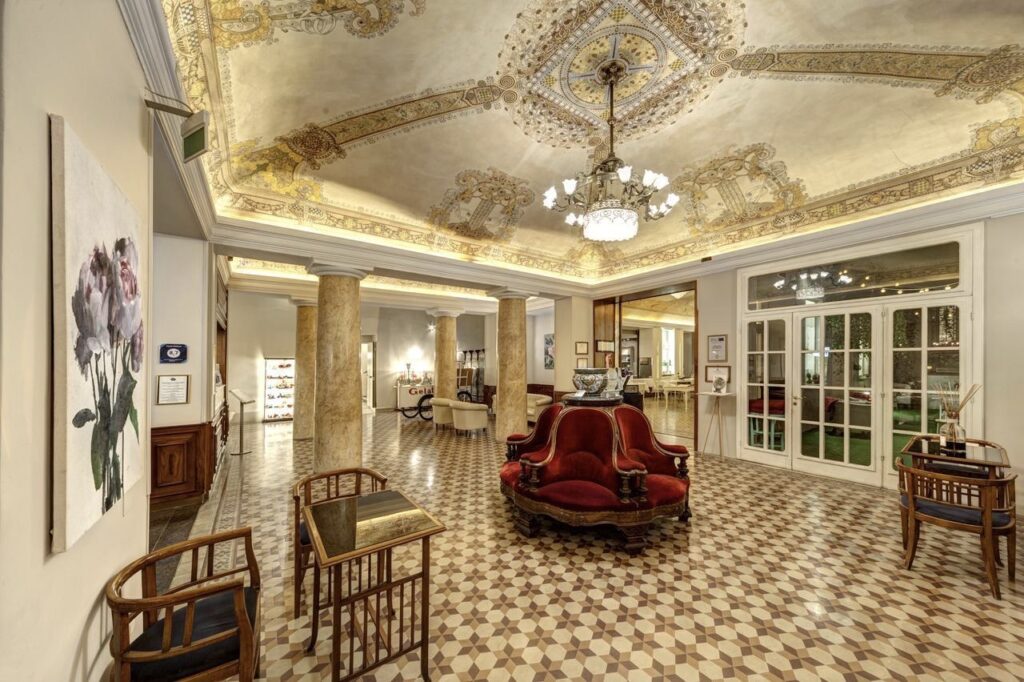
When you're in Faenza, the first thing to do is visit the International Museum of Ceramics with its large exhibition spaces dedicated to Italian and European production from the Middle Ages to the nineteenth century. It also boasts chief examples from pre-Columbian America, Classical Greece, the Roman age, the Near and Middle East, and Islam. Specific sections host some of the most important twentieth century and contemporary Italian and foreign artists.
There is a specialized library and a workshop dedicated to the Bruno Munari method of “Playing with Art,” and a restoration laboratory to maintain the collection and more broad conservation efforts - an essential point of contact for the highly specialized technical and technological requirements of ceramics. The Museum has published the magazine "Faenza" since 1913.
In the bookshop, you’ll find all the Museum's publications, a wide range of ceramics books, and a selection of ceramic objects produced by Faenza artisans. The Museum is huge and the visit, depending on your interests, could take the whole day. We recommend taking a pre-visit virtual tour here
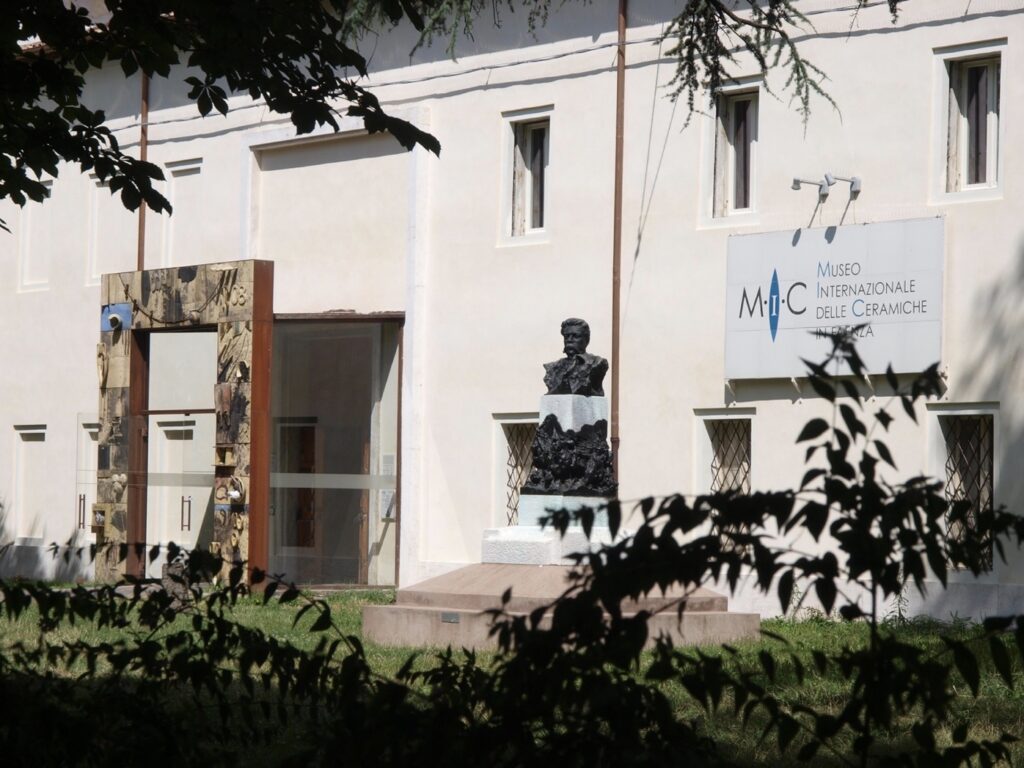
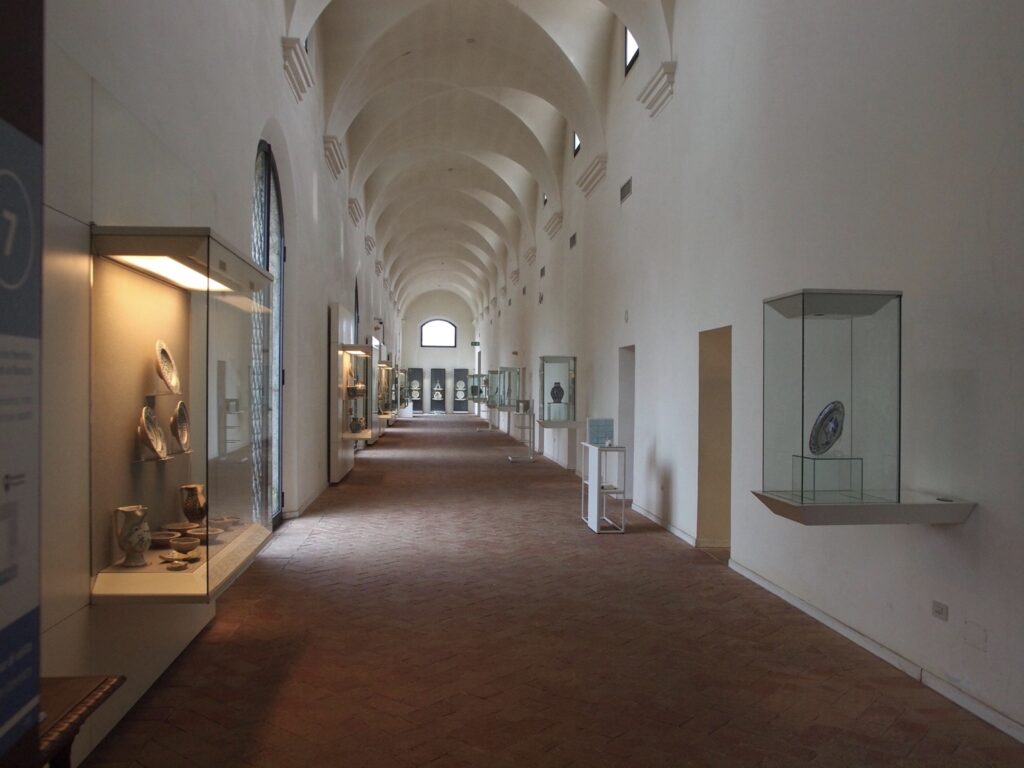
Near the Museum, there are some restaurants serving traditional Romagnolo cuisine. Lo Zingarò, located in the historic Ferniani Palace, with outdoor dining in summer is a favorite. For a quick lunch, with vegetarian options, try Frankie in front of the Museum.
Go to the main square, “Piazza del Popolo”, for a great selection of bars and cafés serving typical “aperitivo”, or ice cream shops, for delicious gelato. It’s a perfect opportunity to see the beautiful town square, the Cathedral, the clock tower and the monumental fountain.
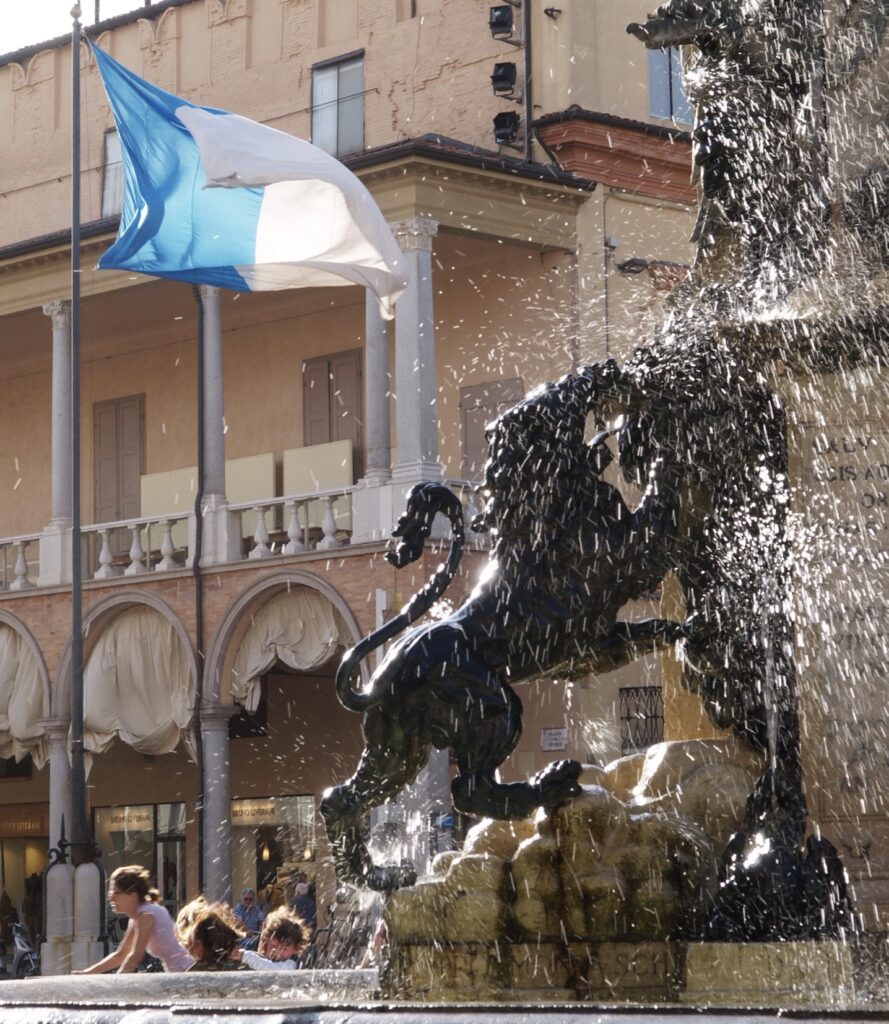
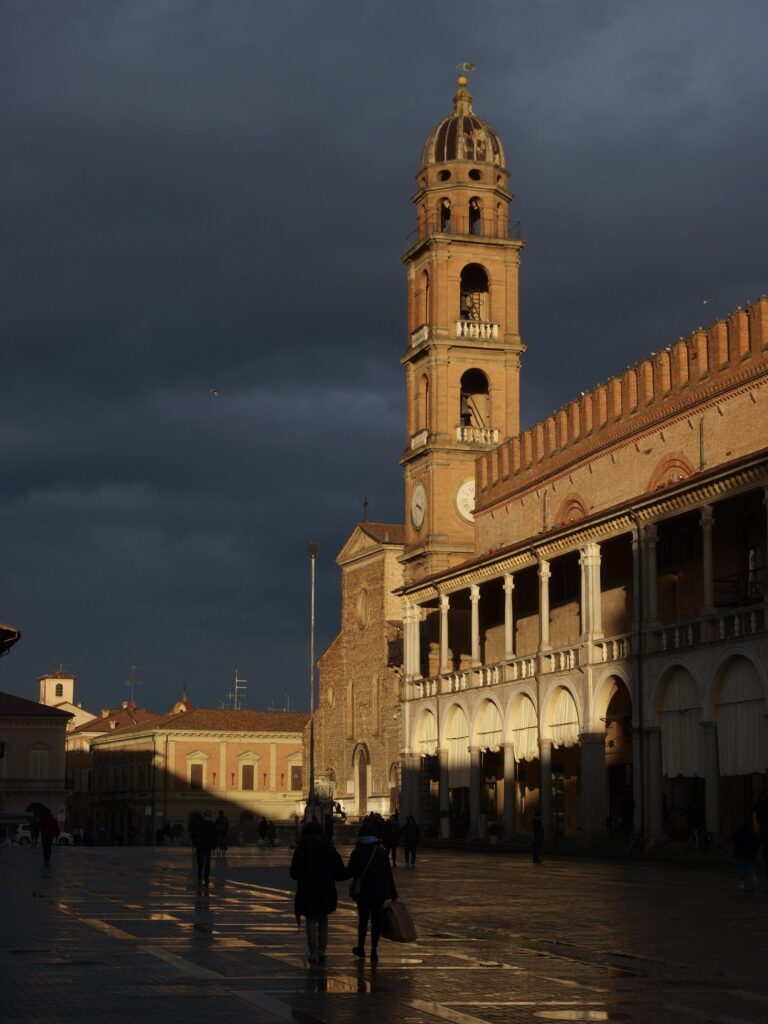
Also in the main square, you can opt for a relaxed bite to eat either at the Bistrò Rossini or at the Enoteca Astorre. For a more complete dinner, you can go to the Osteria della Marianaza (Via Torricelli 25) - a rustic tavern where the Faenza tradition of homemade tagliatelle and grilled meat has been maintained since the 19th century.
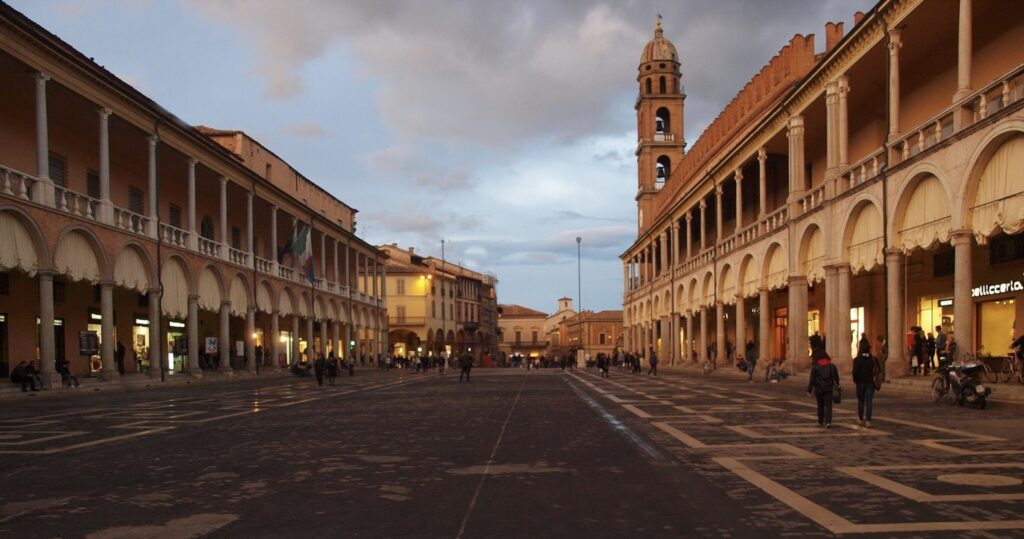
In the evening, the square is a pleasant place to stay for an ice cream or a drink. From June to September, there are events and concerts. In June, the medieval Jousting tournament with the flag-wavers is not to be missed, while in September, be sure to check out the street artists festival and alternating ceramics fairs “Argillà” or “Made in Italy.” In October, there is an independent label music festival called MEI. Listen to music at the disco: Le Scimmie Di Faenza is open from November to May.
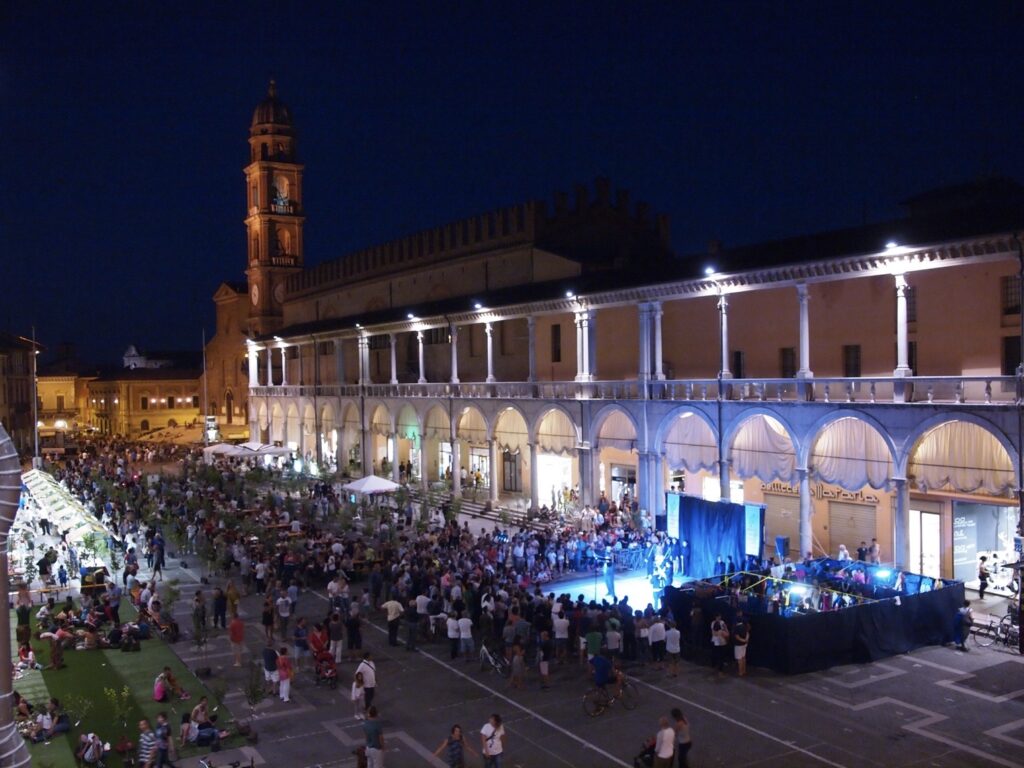
On your second day, fully immerse yourself in ceramics with a visit to the laboratories, studios, and shops in the center. Begin at the Zauli Museum in via della Croce, (closed on Sundays and Mondays). Be sure to check out their website for opening hours. This Museum is interesting because it offers an impressive anthology of one of the 20th century’s greatest ceramic sculptors, Carlo Zauli.
Zauli has been internationally known since the late 1950s and his work can be found in thirty-six museums around the world. The Zauli Museum is located in the artist’s actual studio, which has also been a mecca for other great artists, in the latter half of the 20th century.
Visitors to the Museum will discover the process of an artist who transitioned from ceramist to sculptor without ever betraying his roots. The studio-workshop portion of the itinerary is not to be missed: from the clay storage area to the glaze room, from the kiln room to the large relief room, where a clump of earth became a sculpture.
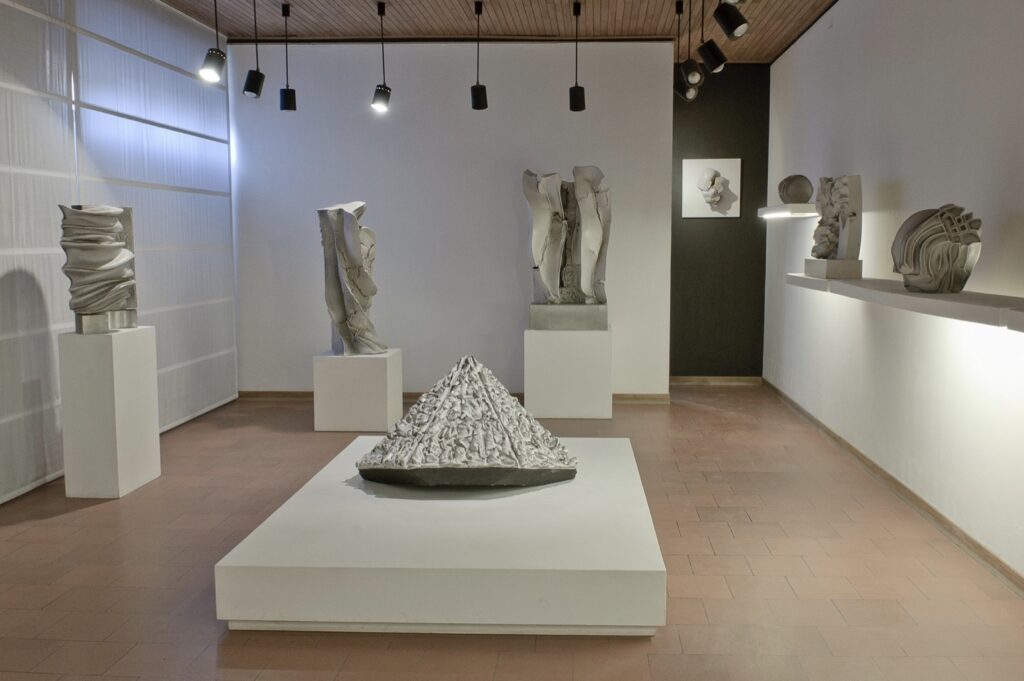
In Via Sant 'Ippolito, 23/A (just steps from the Zauli Museum), there is the La Vecchia Faenza workshop. Since 1968, it has been producing hand-painted artistic majolica with traditional Faenza decorations, as well as one-of-a-kind "Raffaellesca" pieces and paintings with floral patterns. Beyond the beautiful exhibition, you can also visit the actual laboratory where various types of artistic ceramics are made.
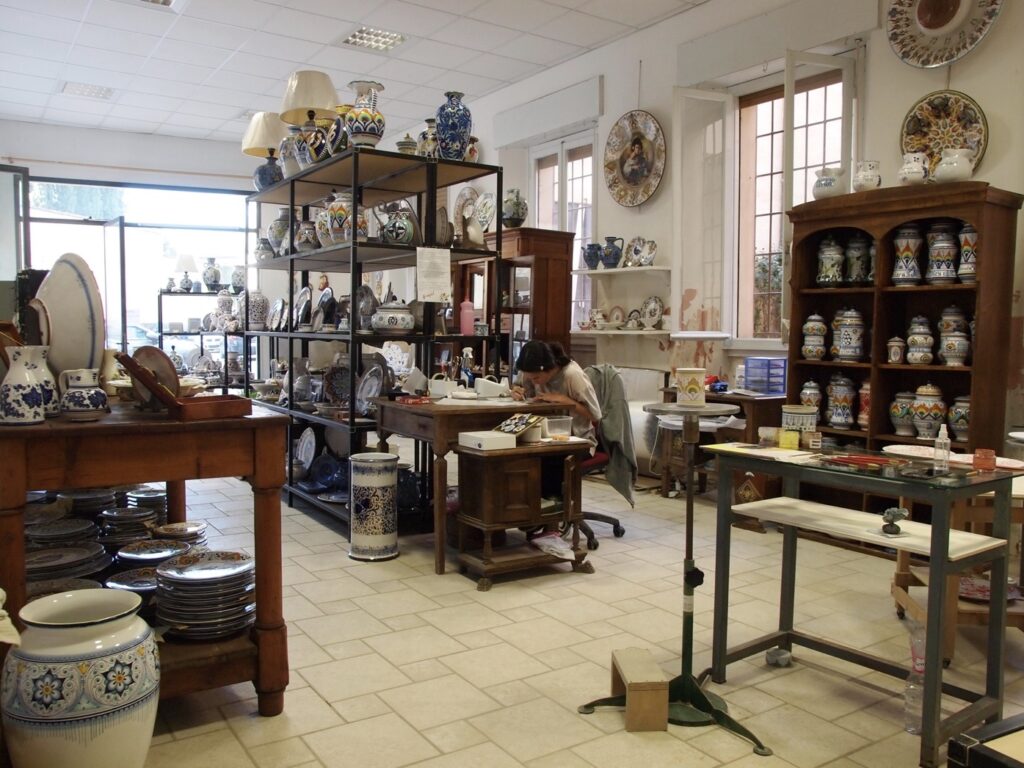
Nearby, in Corso Garibaldi 16, be sure to make an appointment to visit artist Antonella Cimatti’s Atelier. Cimatti’s light installations using porcelain with advanced ceramic materials, LEDs, and optical fibers are described as elegant and weightless as she perfects a harmonious balance of porcelain and light.

Just minutes away on foot, you can go to the market in the Piazza del Popolo, great for vegetarians alike.
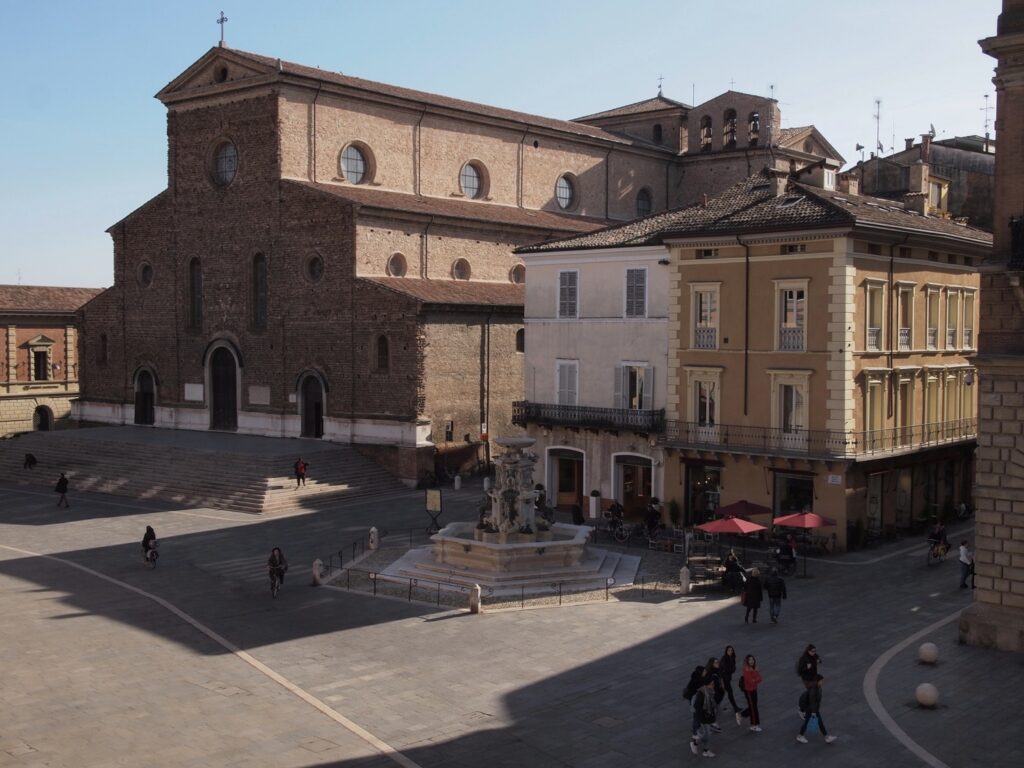
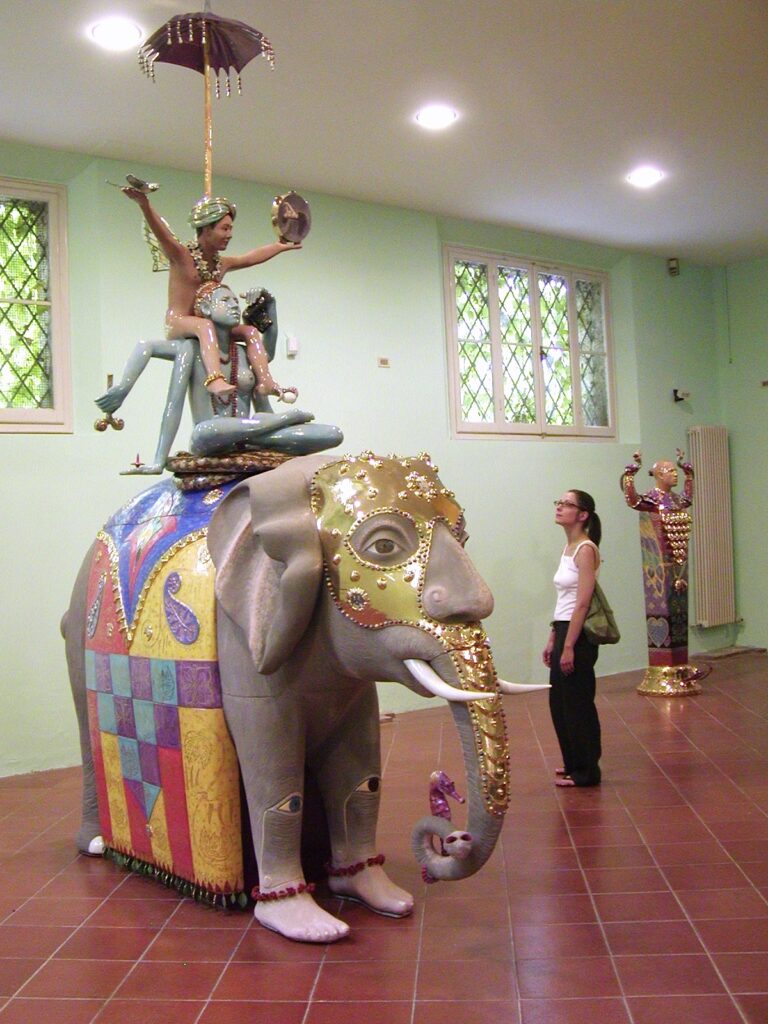
Continuing on with our workshop itinerary, about 20 minutes away (by foot) from the center, is the historic Ceramica Gatti workshop, which is a must to visit (Via Pompignoli, 2/4).
Founded in 1928 by Riccardo Gatti in Faenza, this ceramic art workshop has been characterized by its diligent search for innovative techniques and approaches and by its prolific production of unique works. Distinctive features of the workshop's activity include its dedication to hand-crafted majolica production, interaction with various artists and designers over the years, and fruitfully enriching all of the artisans involved.
These rewarding collaborations have bolstered their capacity for listening and interpreting fundamental qualities to guarantee fruitful alliances between creators and artisans. The list of collaborations is long and precious, from the first collaborations with the futurists to those with Bruno Munari and then Gio Ponti, Ettore Sottsass, Carla Accardi, Luigi Ontani, Ugo La Pietra, Mimmo Paladino, Alessandro Mendini, Liliana Moro, and Stefano Arienti.
Just as precious is the mark that they have all left and continue to leave on Gatti’s ceramists. As any authentic artisan workshop, Ceramica Gatti is a versatile reality, a place of cultural transmission and values, of intersections between disciplines, of views on reality, of passion, and a meeting point between different expertise.
In 1998, a permanent museum was inaugurated in the historic premises of the workshop, where the public can admire an invaluable retrospective collection of the rarest ceramic works created by Riccardo Gatti starting from 1908.
Returning to the center: continue along Corso Mazzini where you’ll find four ceramic studios, all very close to one another. You can also visit the shop Spazio Ceramica Faenza, via Pistocchi 16, where you can see a collection of all the Faenza ceramists, even those whose studios are further away.
Via S. Filippo Neri, 2 - While Fiorenza Pancino loves ceramics, she is also known to dabble in other mediums such as video, photography, and materials such as paper and fabric.
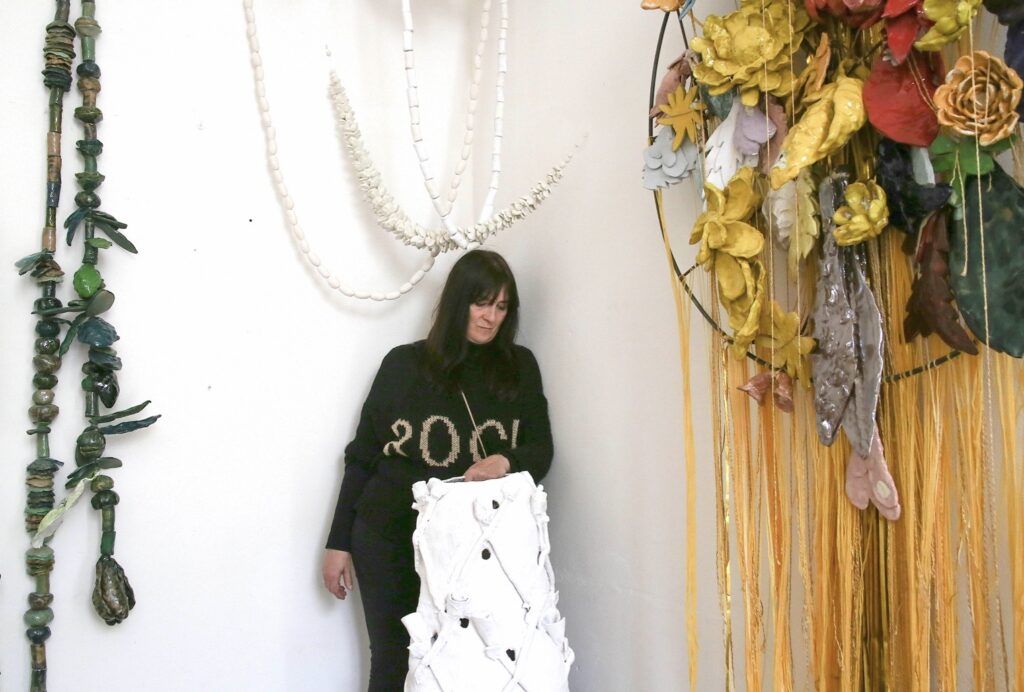
Corso Giuseppe Mazzini, 63 - Elvira Keller works with stoneware and majolica, producing functional wares, personalized pieces, ceramic sculptures, and site-specific private and public installations.
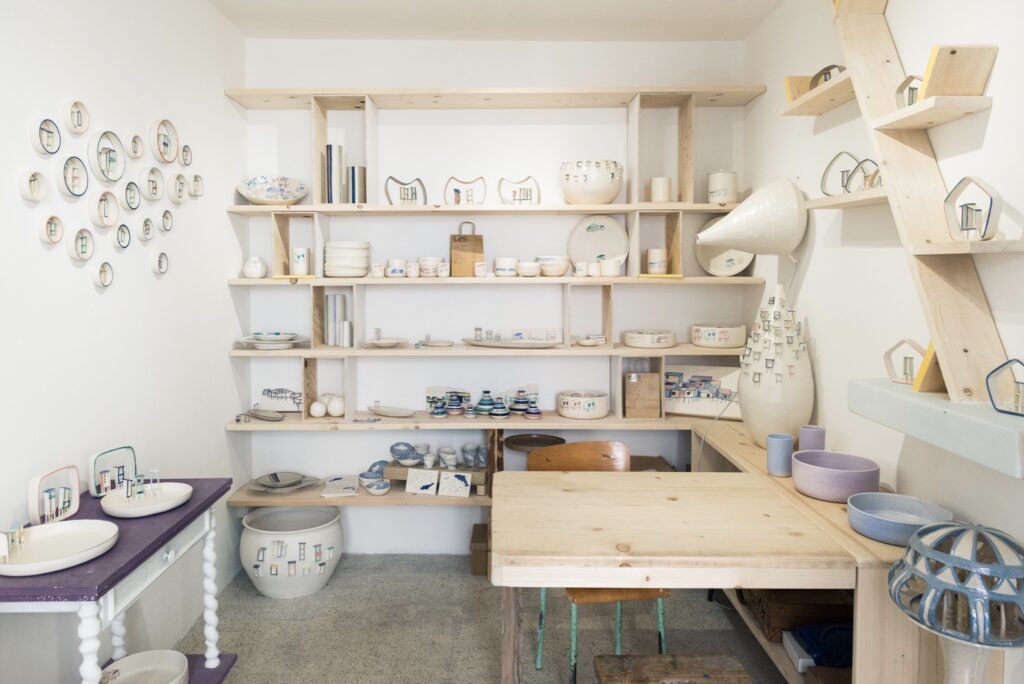
Mirta Morigi Bottega’s laboratory is in Via Barbavara, 19/4, and her Gallery Mi.Mo is in Corso Mazzini 64/B. Mirta Morigi produces highly communicative hand-made ceramics pieces, characterized by an unmistakable pop flare. Her objects have bright and provocative colors typical of majolica.
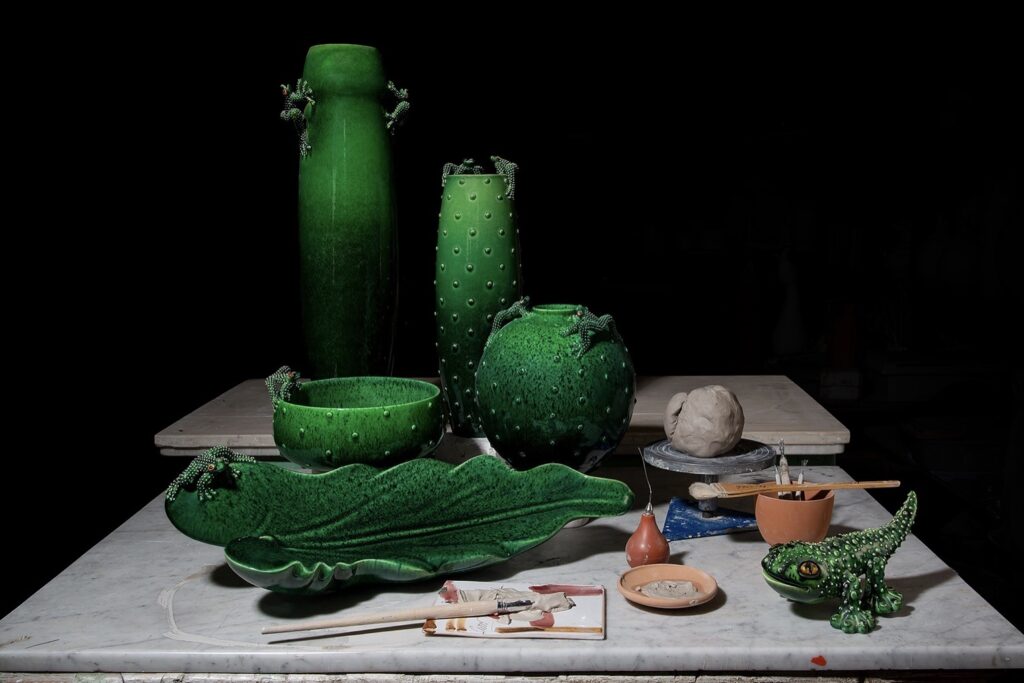
Corso Mazzini, 74/c - Carla Lega began modeling and decorating ceramic objects in 1975, alongside her father Leandro, inserting her skillful manual ability into the Faenza tradition, but with a distinctly modern and individual signature - spiced up with the use of reduction luster. In another area, just outside the center, you can also find the Lega Ceramics Museum.
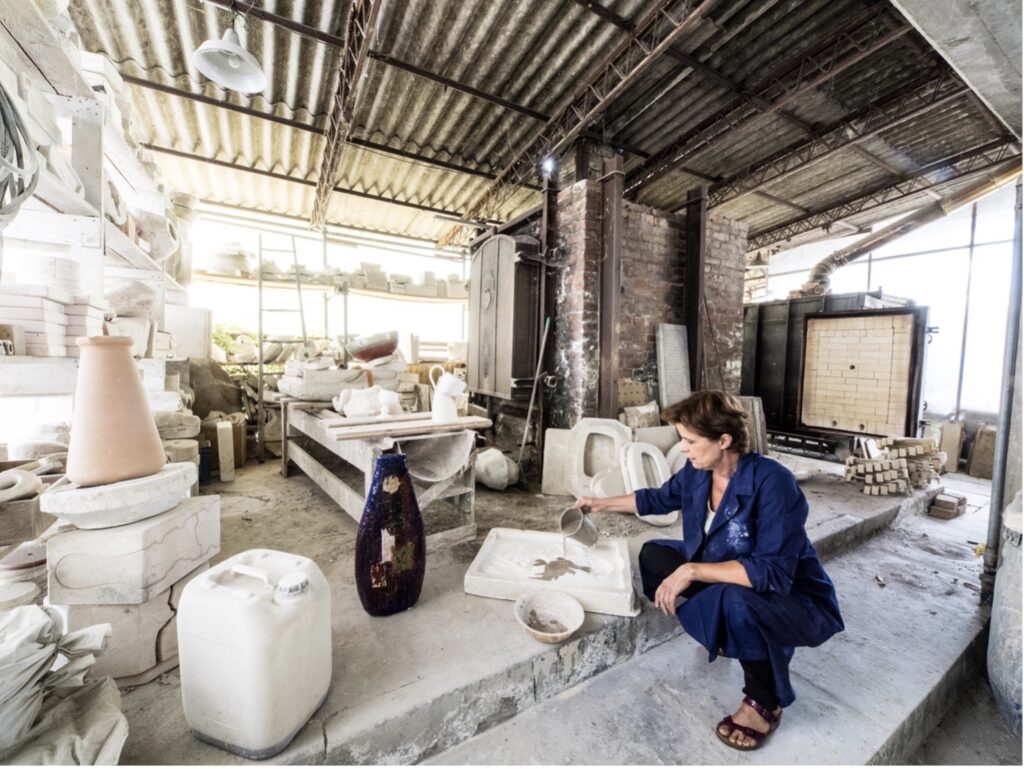
Not too far from Ceramiche Lega, you can stop by Infantini Cafè or Nove100 Caffè in Corso Mazzini 69/A to have a drink or a tasty snack.
For dinner you can eat at Osteria Ristorante La Baita for an exceptional food experience, accompanied by an excellent selection of wines.For a vegetarian or vegan dinner, you can go to Il Clan Destino, right next to the International Ceramics Museum.
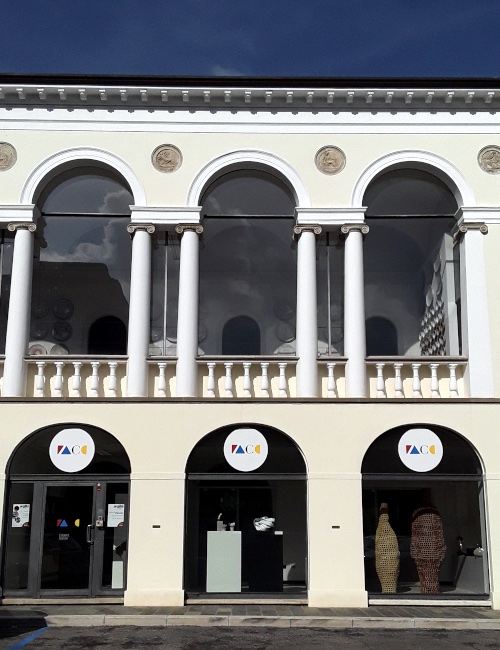
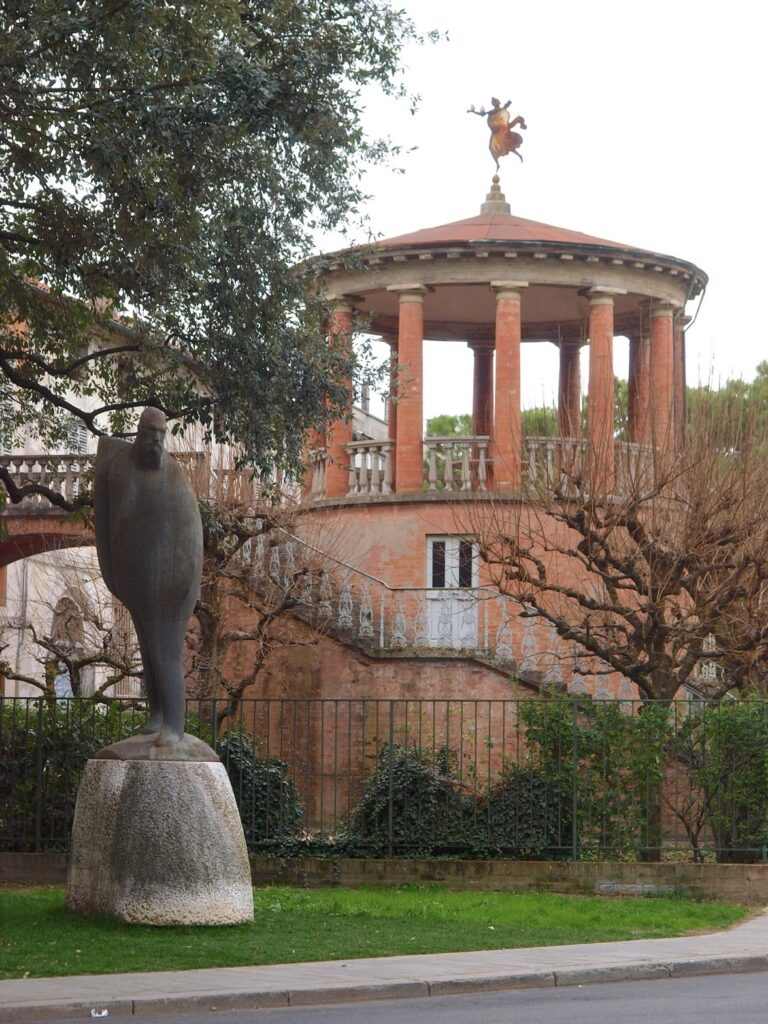
The FACC space aims to be a space for experimentation and creativity, without the distractions of everyday life. It’s a hub of internationals and professionals and a center that organizes courses and residencies, for both local and international artists.
While you are in the area, you can take the opportunity to visit Palazzo Muky Matteucci. Muky (1926-2022) was a painter, sculptor, ceramist, and poet who dedicated her life to art and the promotion of the arts. Born in Trento, she moved to Faenza in 1955 where she attended the School of Ceramic Art and met Domenico Matteucci, the man who would radically change her life.
The two shared an artistic partnership that would last until Matteucci's death in 1991. Muky brought vitality and a new artistic voice, linked to the informal and black-and-white stylistic features of those times.
At the end of the 1960s, she started a cultural cenacle in the Loggetta del Trentanove, a unique space for artistic, literary, intellectual, musical, and theological meetings, breathing new life to the city of Faenza.
When Muky left this world on 7 January 2022, she left her home in Faenza, including the Loggetta del Trentanove and the Rotonda Gall, to the MIC Foundation with a very specific goal: the creation of a House Museum, dedicated to the history of the two artists and a Palace of Art, dedicated to international Artist Residencies.
Currently, the structure can be visited by reservation only. (Call MIC Faenza – 0546 697311 to schedule an appointment)
Via Antonio Laghi, 51 A - In Bottega Martha Pachon Rodriguez's studio, you can see works on display and the production process. The artist works with porcelain to transform clay into delicate and colorful objects.
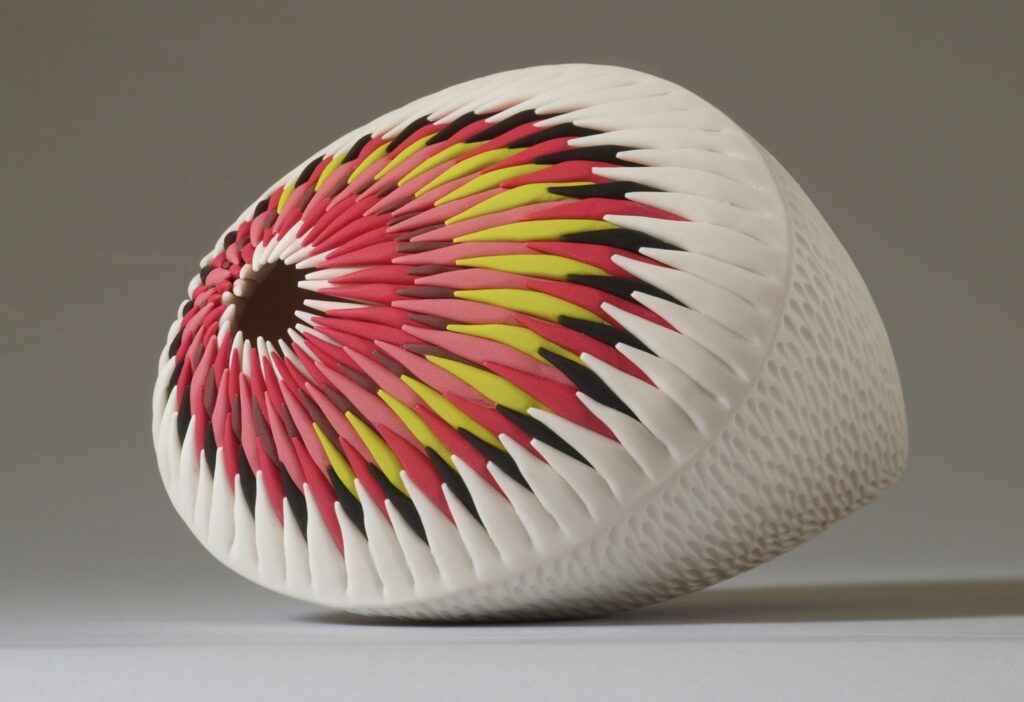
Via Fratelli Rosselli, 2 - Continuing for about 20 minutes by foot, you’ll reach the Museum containing the works of Leandro Lega.
Via Fratelli Rosselli, 8 - Not far from the Lega Museum, you can find the Museo Tramonti, which collects the works of Guerrino Tramonti who worked in Faenza from the 1920s-1980s.

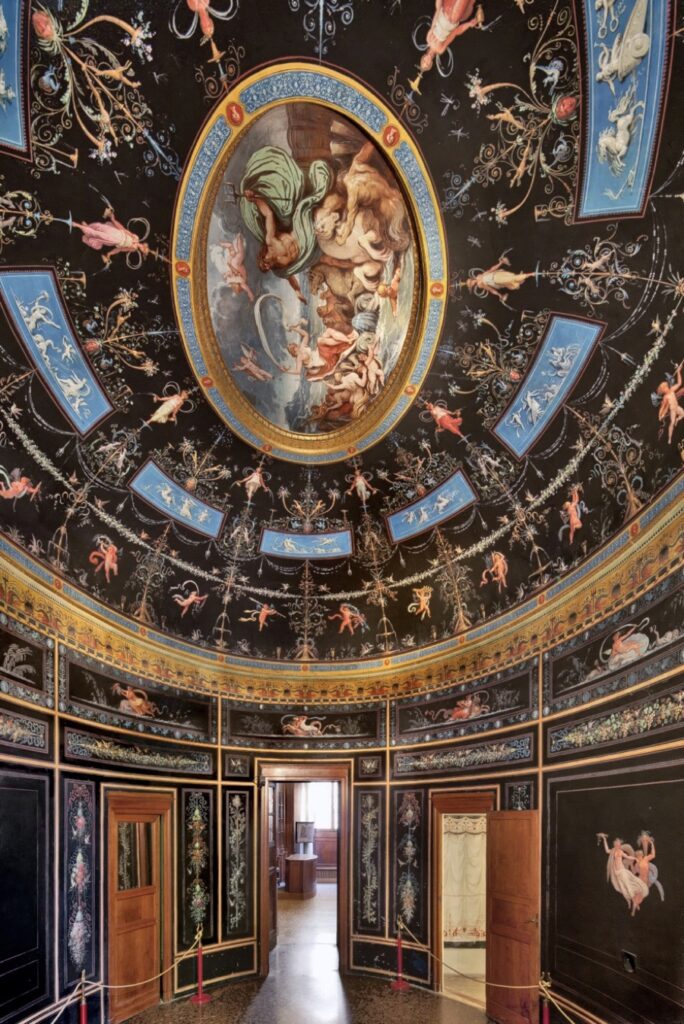
This stunning Neoclassical building is worth a visit because it’s the most extravagant and complete example of the decorative architecture which flourished in Faenza, making it a heritage treasure. Count Nicola Milzetti started its construction in 1792, with Faenza architect Giuseppe Pistocchi.
Palazzo Milzetti - National Museum of the Neoclassical Age in Romagna

Alternatively, you can take a 20-minute train ride to spend the afternoon in Brisighella, a quaint medieval hamlet in the hills just outside Faenza (info for trains).
You can visit Via del Borgo or Via degli AsiniIt, an elevated road that receives light from the characteristic arched windows of different widths. Famous for its unique characteristics, it’s an architectural preciousness unique in the world.
Furthermore there is a walking path that leads from the center of the village to the clock tower.
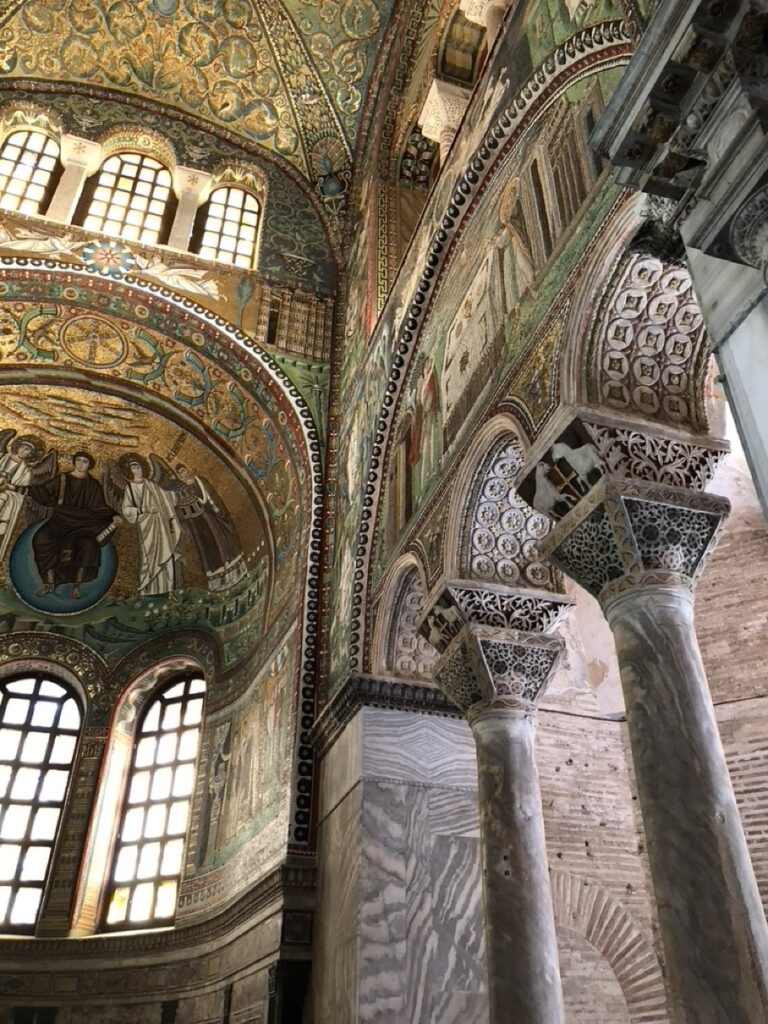
Otherwise, just an hour away by train, you can spend half a day in Ravenna visiting the mosaics from the Byzantine era.
Visit San Vitale Church and with the same ticket, in the same area, you can also visit the Mausoleum of Galla Placidia, one of the most precious treasures of the city.
With the same ticket, you can also see other monuments in the city.
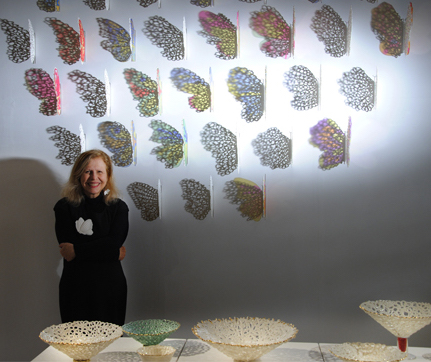
Antonella Cimatti, former Professor at the Gaetano Ballardini Institute for Ceramics, is a ceramist artist who bases her poetics on creative, aesthetic and design research, in particular on
innovative experimentation with contemporary techniques and advanced ceramic materials.
In 2011 she was invited to the 54th International Art Exhibition of the Venice Biennale, and in 2016-2017 to the Triennale Design Museum in Milan.
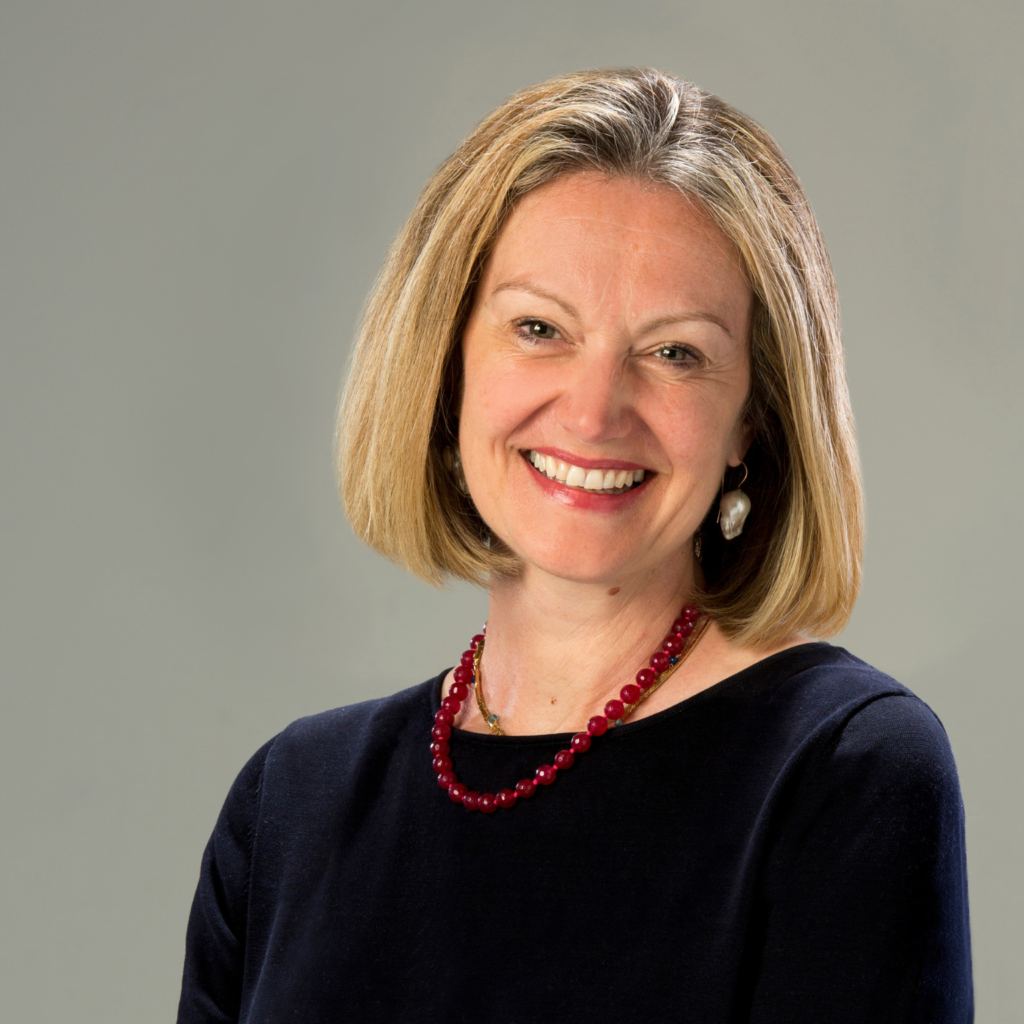
Claudia Casali received a Degree and PhD in Conservation of Cultural Heritage at Udine University. She was appointed as the Director of the International Museum of Ceramics in Faenza (MIC) in February 2011 and in 2022 she became the manager of the Muky Matteucci House Museum.
Opinion leader for contemporary ceramic art, she participated in lectures and symposia for international realities and in museology masterclasses for museums in Central South America.